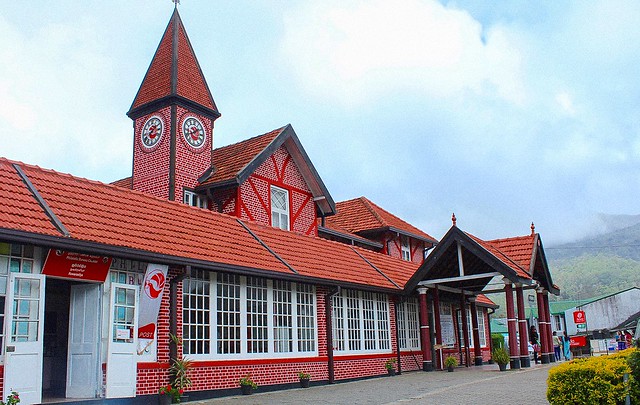Demi Perera continues her series about Nuwara Eliya, with a visit to Sri Lanka’s Little England.
Nuwara Eliya is well known as Sri Lanka’s Little England and Tea Country with sprawling hillsides covered in waist-high tea bushes attracting endless tourists, photographers, writers and bloggers who blissfully sidestep any history that pre-dates colonial rule. Its selling point has become Englishness. The focus is on manicured lawns, period cottages and botanical gardens. Tea estates and grand bungalows have long been under local ownership yet a colonial air prevails throughout the province.
Holy Trinity Church
With a population of just over 700,000 made up mostly of a Tamil community of Indian origin (brought to Sri Lanka during 19th and 20th centuries to work in plantations) the town itself retains the makeshift atmosphere of a small village. A daily vegetable market, a pharmacy, a post office and an artificial lake, amongst other things, lie in a valley surrounded by preposterously beautiful mountains. As the island experiences unprecedented levels of tourism, in the coming years, there is every risk that here too will soon be as shoddily urbanised as many of Sri Lanka’s other cities.
For the time being Nuwara Eliya remains as nature intended it to be. A year round average temperature of 16 degrees celsius and high elevation providing the perfect subtropical climate for producing most of the world’s tea and cinnamon. At the same time, it feels like its own country as it was when the Kingdom of Kandy reigned.
So as a traveller, if you wish to experience the English countryside it is advisable to visit England. If however, you wish to experience the magical surrealism of Nuwara Eliya where a mythical creature leapt across an ocean carrying a mountain or drown in the melancholy of a princess who dropped jewels out of a flying chariot to guide her prince in his search for her, look out for my next post sharing more ways to enjoy all that is Nuwara Eliya.























